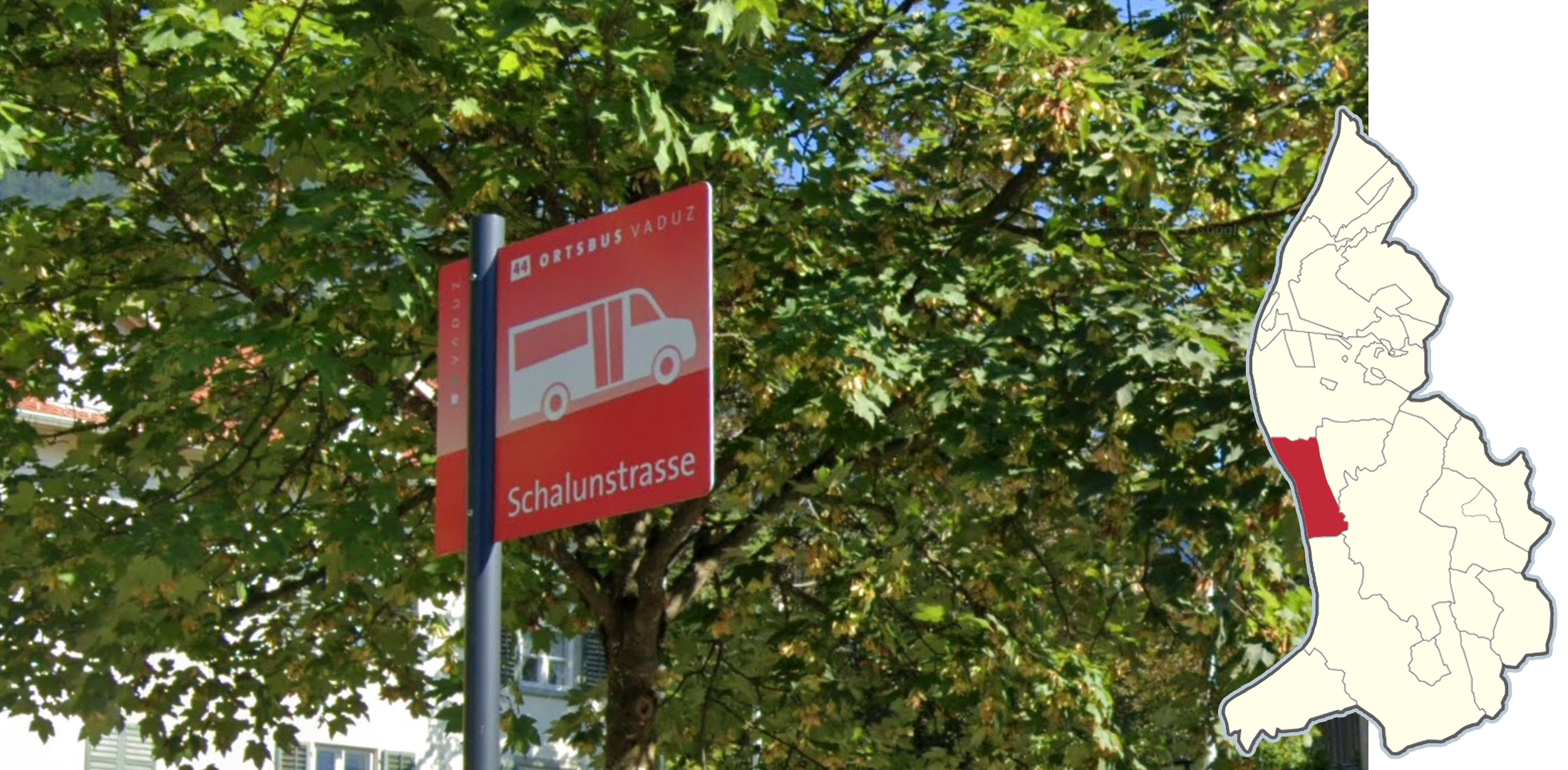
Liechtenstein
Liechtenstein uses black plates with white lettering and a yellow-and-red emblem near the left side. When blurred, the plates will appear grey, with the emblem colours being visible.
Most coverage in Liechtenstein is situated in a somewhat flat river valley, but with tall mountains in almost every direction. In particular, within this valley, you will almost always be able to see the nearby mountains towering above you to the east. Most of the mountainous coverage is just on the slopes of the mountains, with only a small amount properly in the mountains.
As a result of the flat Rhine River Valley, Liechtenstein has a lot of pastures and other agricultural land.
All coverage in Liechtenstein is low-cam. This means that the camera on the Google car is intentionally set up lower than in most other countries. This can be recognized in two ways:
The car blur is significantly bigger.
Roads look wider and objects around you are seen from a lower angle.
Generally, the bigger car blur is the most consistent way to recognize low-cam.
NOTE: The only other countries that always have low-cam are Switzerland and Japan.
Liechtenstein uses black-and-white cylindrical bollards with a white or grey reflector and a rounded top. They also often have a blue attachment on the side.
When attached to guardrails, they will use the wedge design instead
NOTE: Switzerland can use almost identical bollards.
You can find these yellow-and-black striped road separators, with a rounded top, and a Lego-like knob on the top. They have 3 stripes of both colours, with yellow on the bottom.
NOTE: Switzerland uses a variety of different Road Separators, some of which will look identical to the ones in Liechtenstein.
Landscape and vegetation
In the flat area west of Balzers, with the northeast-oriented gridded roads, to the North/Northwest, you can often see two rocky peaks on the Swiss side.




























